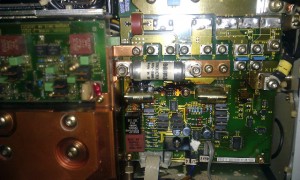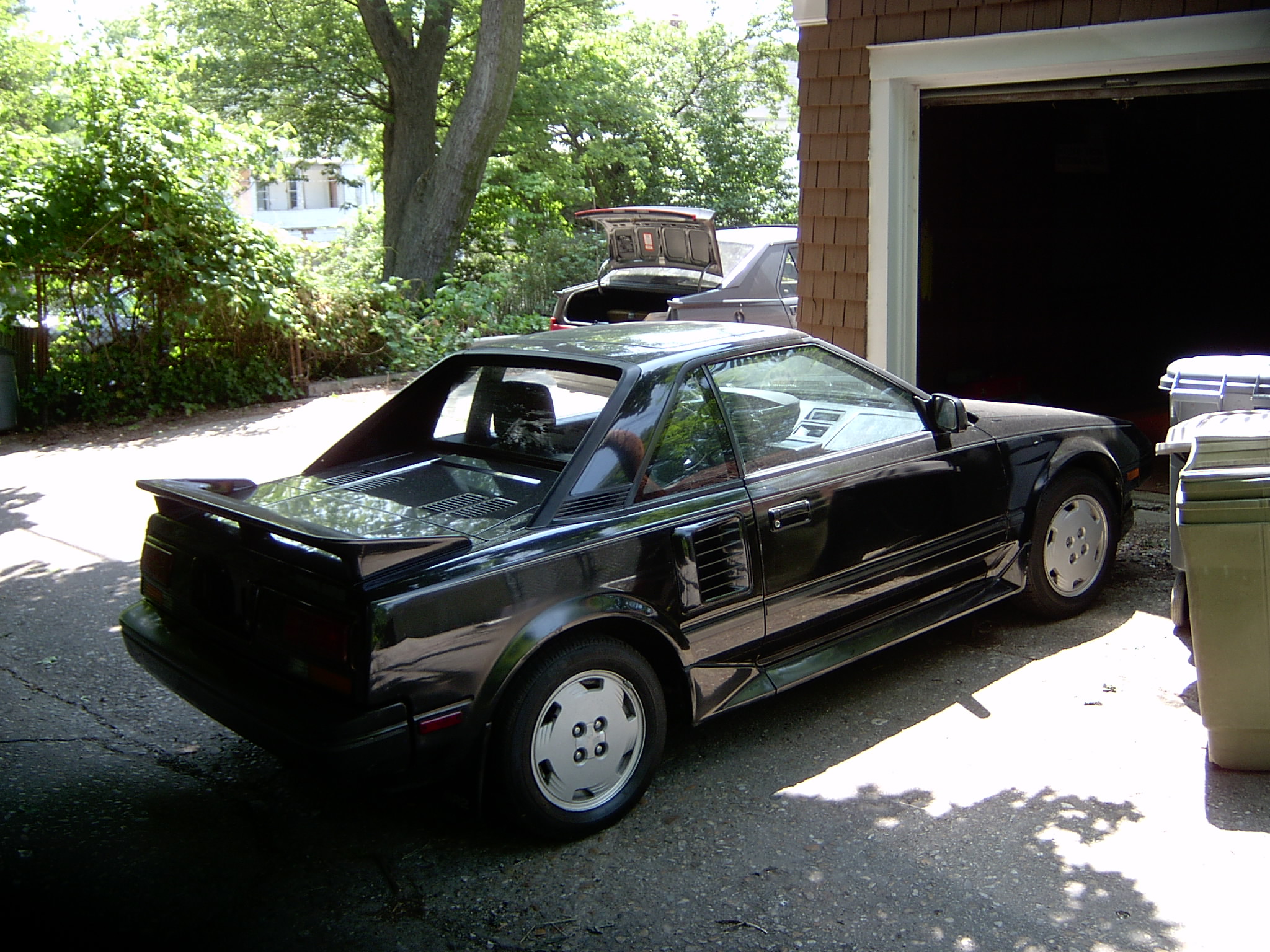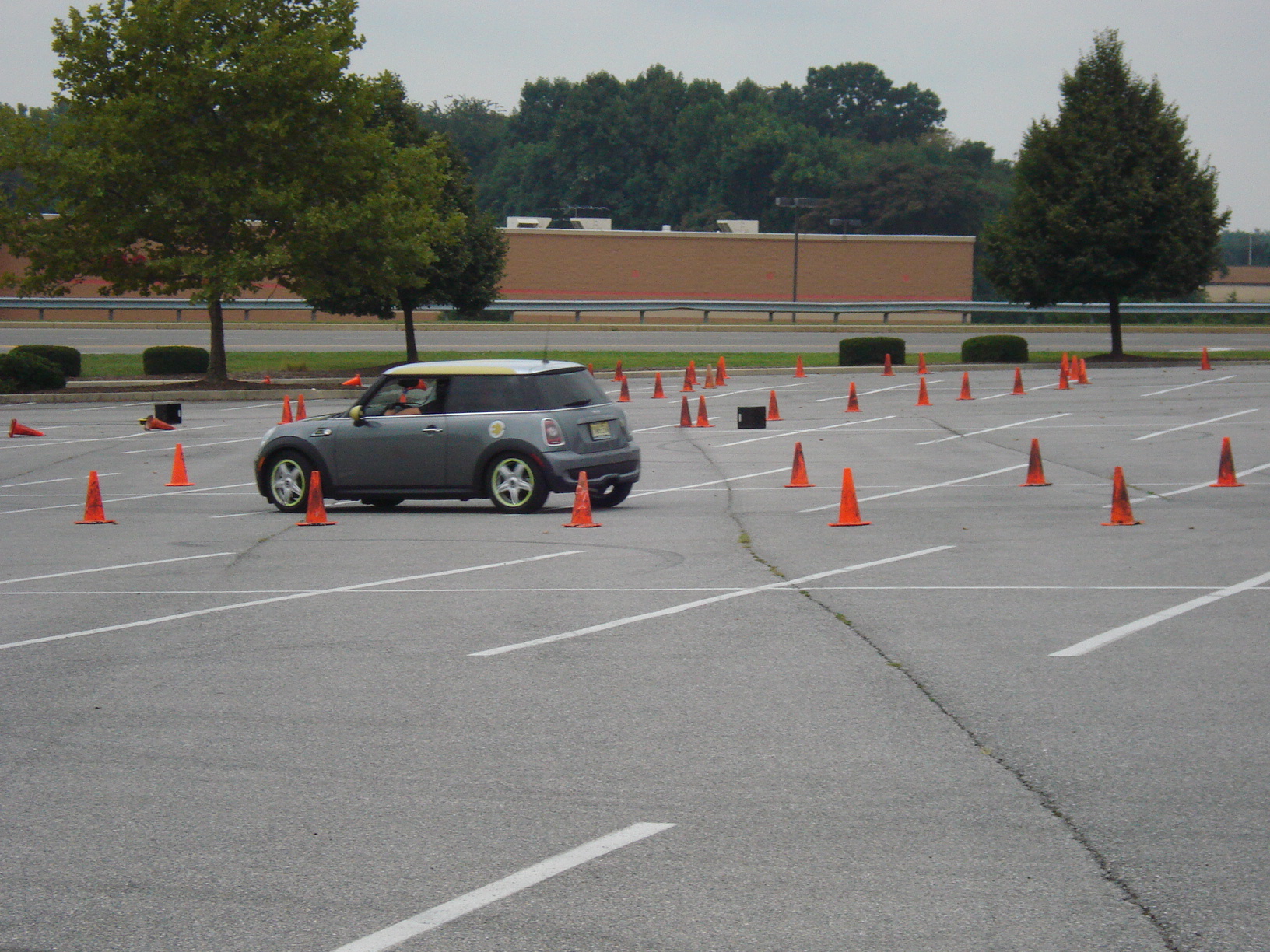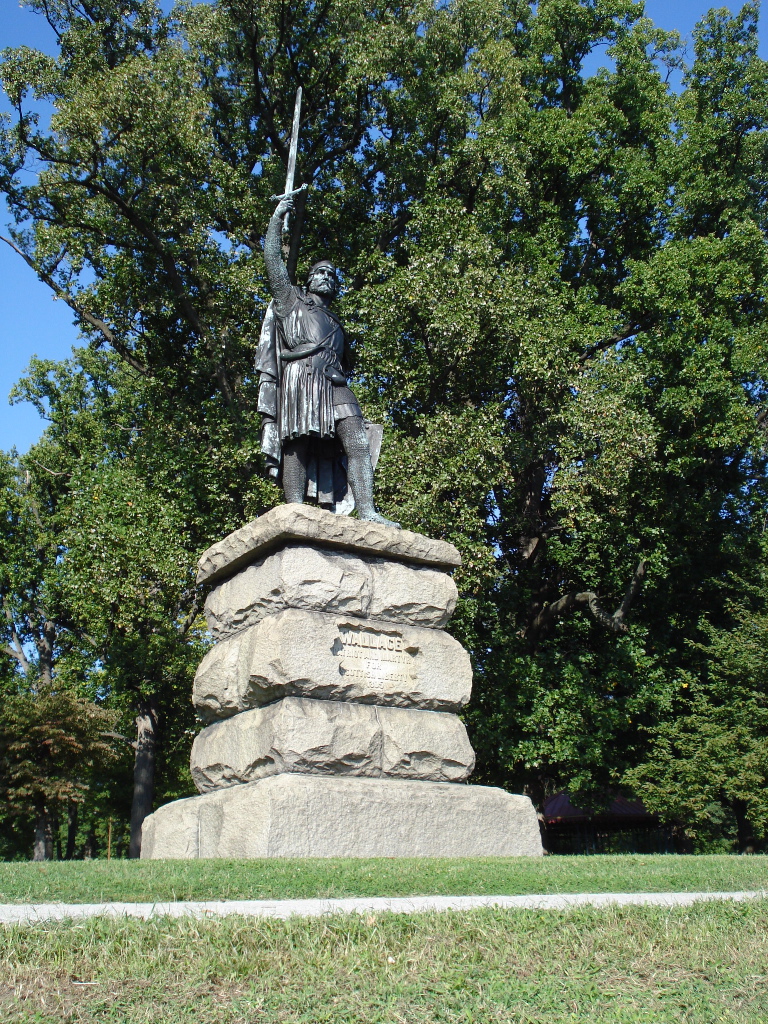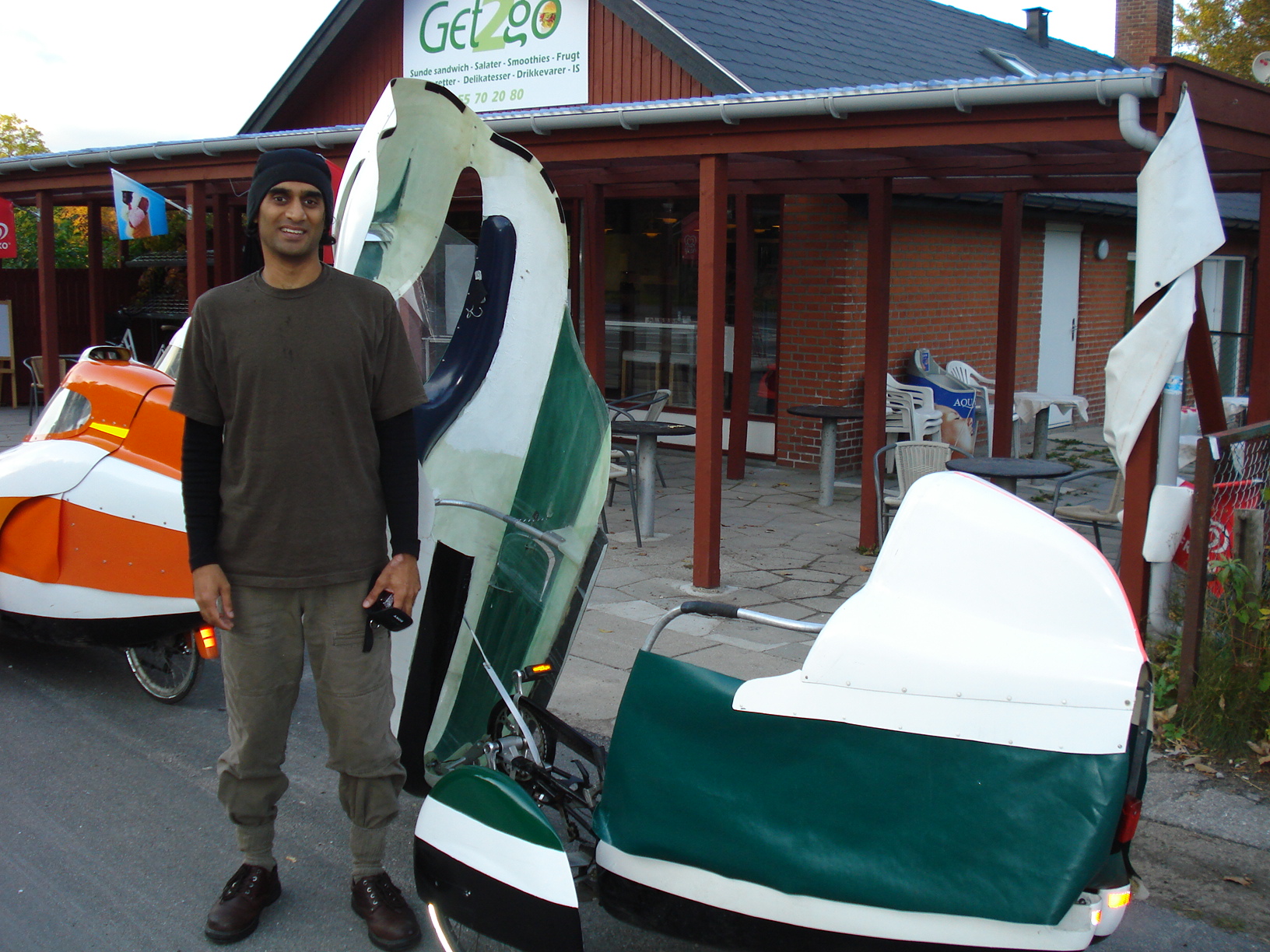A year ago I had just returned from the 6th annual velomobile seminar in Copenhagen freshly inspired by ideas about human powered vehicles from all around the world. That was just the beginning of the transformation as less than two months later my son was born and I embarked on the lifelong adventure of fatherhood. At the same time my wife became a mother and it’s been fascinating to see how each of us look at the world a bit differently than in the B.C. (before child) era. So how does this all relate to the Turanga mission of sustainable transportation design?
If anything, the urgency to fill the need for people to get around comfortably and in a healthy manner has only increased. Bike lanes and pedestrian ways are becoming a standard part of road planning and bike ridership continues to increase. I notice a lot more bikers here in Baltimore and “sharrows” are popping up everywhere. Whereas previously I didn’t even imagine the need to take along a passenger in a velomobile, today I can’t fathom designing one that doesn’t have a comfortable space for a little kid to watch the world go by while being pedaled to the market, library or just for fun.
Just as importantly was listening to the input of my non-biking wife as her concerns are representative of a large segment of people who would like to get around via human power but have a low tolerance for the risks that transportation bikers take in stride.
Though I occasionally find the non-biker’s perspective annoying, as a designer there is much value in resolving problems that enthusiasts simply tolerate. For example, eye height level has been a frustrating issue to tackle as a tall velo lends itself to a (so far) slightly awkward aesthetic that would alienate a typical velomobile enthusiast regardless of the fact that in the big picture, having the rider feel comfortable in traffic is beneficial to all riders and helps make the velo a true car substitute (though it doesn’t help that cars have gotten significantly taller over the past ten years).
Electric assist is another issue that bike enthusiasts aren’t too keen on but, as evidenced by my friend Mark who uses a Catrike with BionX to navigate the hills of Berkeley, not having to pedal all the time is a strong incentive to use a (nominally) human-powered vehicle all the time.
But taking a step back, the real design problem is not the fact that the designer doesn’t necessarily agree with what some customers want but rather is still working to synthesize a solution that satisfies apparently contradicting criteria.
Through many iterations a solution is slowly emerging though, and the resulting product will be far better for it. With the addition of a fourth wheel, rear wheel steering has been ditched while the tilting function is much improved. Overall the design is far simpler to ensure that more people can make the economic jump from bike to velomobile. Those are the just the rational points but there are plenty of features that will make the Turanga velomobile the most enjoyable way to get around town whether it’s raining, snowing or sunny outside.
Next time I’ll run down the myriad updates the eMR2 has been through, it’s finally driving like I dreamed it would!
